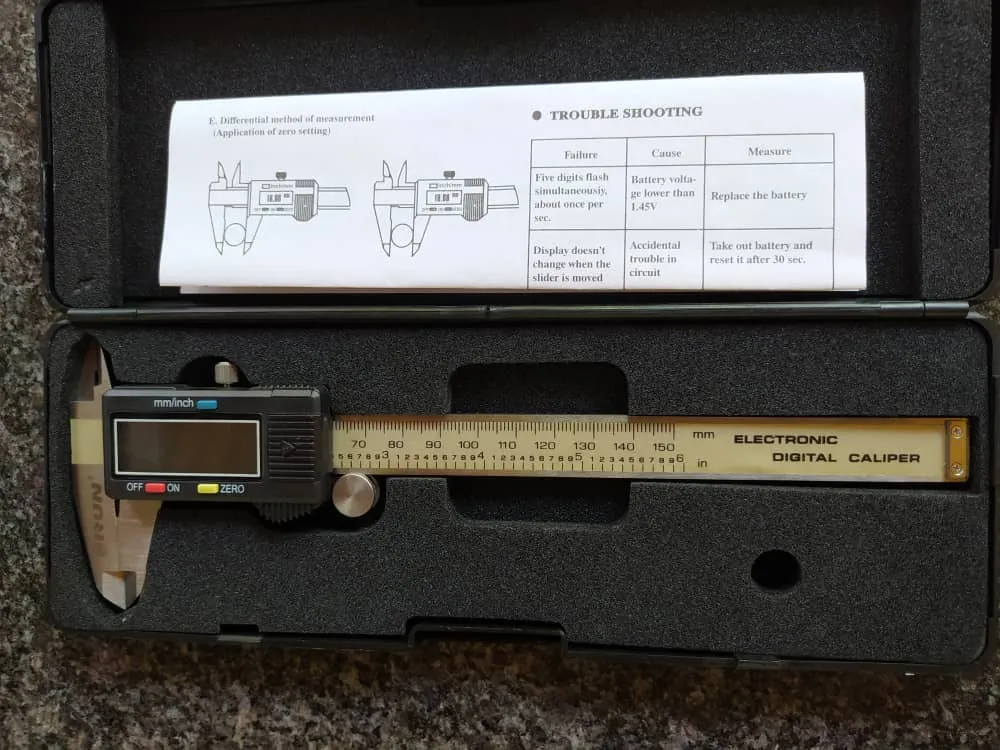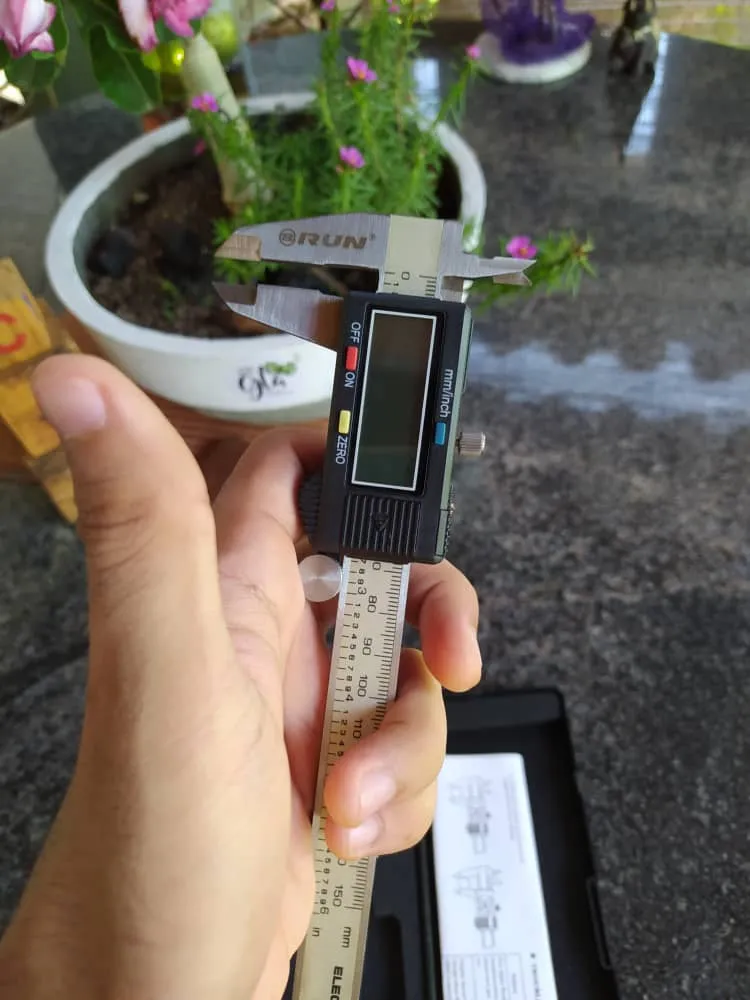There's been some interesting material shared in the luthiers' group. Yes, that one I was complaining about. There's been no more to complain and things have begun to follow its course. People are sharing more and more.
I started a book shared there. It's called "Guitarra Mágica" by Ricardo E. L. Louzao (R.I.P). This was an Argentinian luthier that compiled a lot of information about the story of guitars from it dubious beginnings to its adopted house in Argentina and how Argentinians have developed their own school of luthiery following some of the traditional guidelines. There's something amazing in the meld between tradition and progress. Certain aspects of making instruments are bound to tradition. Other have been refined by technology and science. But there seems to be a solid relationship between both things. This is also true for any kind of art that can track its beginnings in centuries long gone.

Such are the kind of discussions that have arisen in the group. People talking about what are the techniques they have adopted. Showing why they prefer a particular one over others. The best example of this has been given in messages and videos by the hand of Ramón Blanco. If you're Venezuelan, you might know this name has a lot of history in instrument construction here. If not, let me illustrate. Master Luthier Blanco was one of the first crafters to introduce the use of foreign timber in the Venezuelan workshop. Timber to make musical instruments. Specifically, the Venezuelan Cuatro. However, in recent years he has confessed that our national woods have nothing to envy from woods like Spruce and Red Cedar. And that there was a reason the traditional Cuatro was made from national Cedar and Mahogany or just exclusively Cedar.
Blanco is as old as the school of refined luthiery in this country. I don't know how old he is, but I would daresay his on his 80s and is still working. He has shown some of the tricks he has developed from his working experience and he always remarks that his methods are the ones that work for him. He's also open to know what other builders are doing. For the moment, he has shown how to work on the strumming guard and how to open the fret slots. He also shows his tools and finds some time to joke around in his videos. Having the chance to listen and see such an important person doing what he loves is incredible.

It is important to understand that Blanco was also the first luthier in Venezuela to make a 17-frets Cuatro in the times were 14 or 15 frets were the standard. This request came from another important person in the history of the instrument, Dr. Rafael Cassanova. But that's another story in itself. Cassanova is what you would call a Venezuelan Cuatro Historian.
Knowing about different techniques and watching how crafters manipulate their tools and create jigs to make some tasks easier gives a boost to creativity. Invention is the way to refine all those things tradition has brought into this century. If that is so, then, learning how to use tools to get things better, is the norm. Specially when there are fine measures involved into the process. Our eyes are not Vernier calipers, but thanks to human innovation there exists such a tool.




I've been in need of this tool since I began working. There are some many fine measures one can correct or mark with it. I guess it was just a matter of money stopping me from getting one, but now it is in my hands. I still need the battery, but that easier.
Hopefully having this tool and getting the gist of how to use it properly will boost my accuracy in work. Then, I'll be sharing more stuff around here and in that group as a way to thank those open-minded crafters that are willing to give their knowledge to the new generations.
